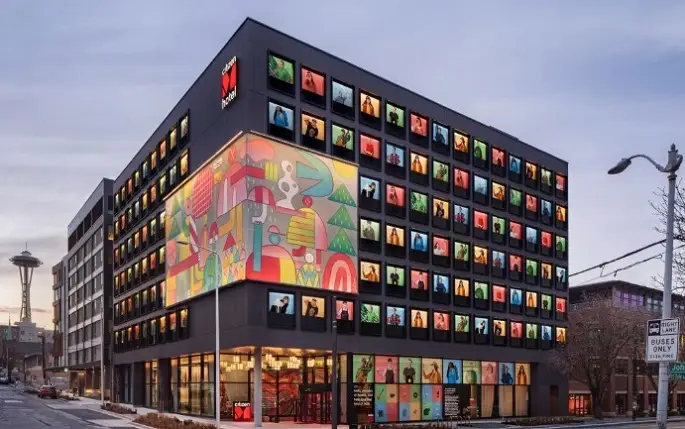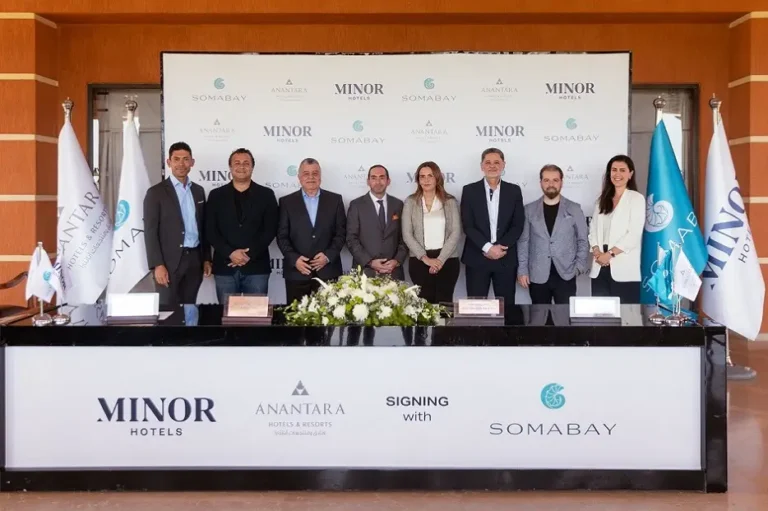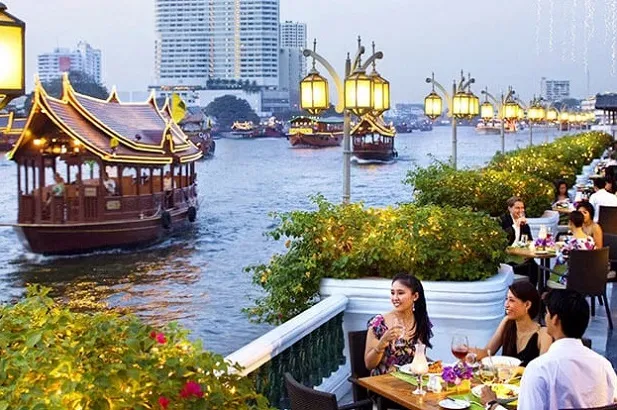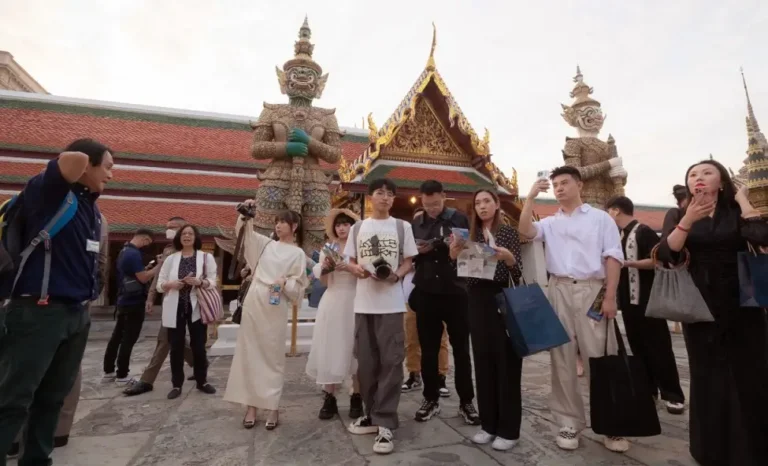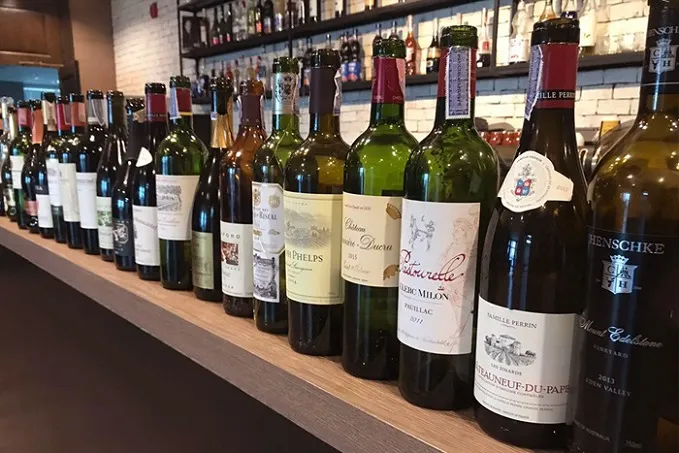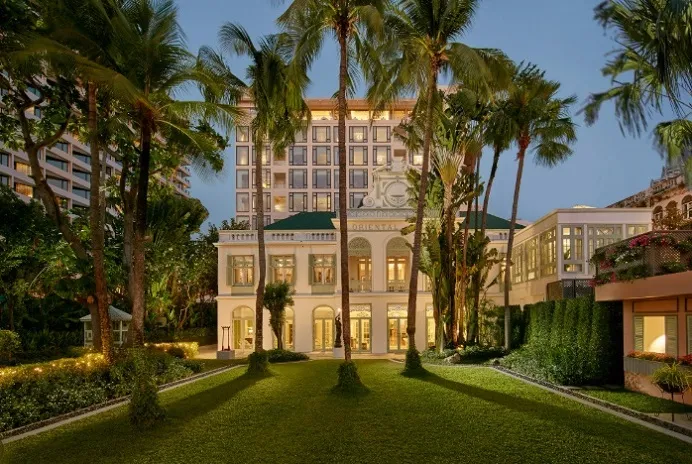
Hotel News: The Mandarin Oriental Hotel Group is making waves in the luxury hospitality sector with an unprecedented dual investment strategy, committing over US$200 million to breathe new life into its iconic properties in Hong Kong and Bangkok. This bold move comes amid rising competition, shifting travel behaviors, and global economic uncertainties, yet it underscores the group’s unwavering confidence in Asia’s travel resurgence and luxury market potential.

Image Credit: Mandarin Oriental Bangkok
In a move described by industry watchers as both ambitious and symbolic, Mandarin Oriental is allocating US$100 million to completely renovate its 61-year-old flagship hotel in Central Hong Kong. Simultaneously, another US$100 million has been earmarked for the ongoing upgrade of its riverside property in Bangkok, which recently completed a refurbishment of its River Wing in 2019 and is now preparing to unveil newly designed garden wings. This Hotel News report explores how these dual renovations are more than cosmetic—they reflect a strategic vision aimed at future-proofing the brand in two of Asia’s most culturally vibrant capitals.
A Grand Transformation in Central Hong Kong
The Mandarin Oriental in Hong Kong, originally opened in 1963 and last renovated in 2004, is undergoing a comprehensive overhaul that will span the next 18 months. The transformation includes a redesigned lobby with expanded space, the introduction of 11 new long-stay serviced flats, and a series of curated culinary innovations designed to attract a new generation of global travelers.
Among the gastronomic additions is a new 20-seat “omakase” pizza bar, a novel concept that blends Japanese dining intimacy with Italian indulgence. Meanwhile, the iconic Cake Shop on the mezzanine level—fondly referred to as “the beating heart of Central”—will be fully reimagined without halting its operations. Another major culinary highlight will be the launch of a French fine-dining restaurant by Michelin-starred New York chef Daniel Boulud, to be located in the Landmark Prince’s building connected to the hotel via footbridge. This space formerly housed the high-profile Sevva restaurant.
CEO Laurent Kleitman, who took the helm in 2023, has dismissed fears that Hong Kong’s global image is faltering. He asserts the city remains a resilient and alluring hub for culture, commerce, and high-end tourism. “The vibe has shifted significantly over the last two years. The city is vibrant again, and we believe in its long-term potential,” Kleitman remarked during a media interview.
Despite the global economic tremors caused by the ongoing US-China trade war, Kleitman is optimistic. He points to recent large-scale events like Art Basel and the Hong Kong Sevens as proof of the city’s resurgence as a regional powerhouse. The Mandarin Oriental, he believes, remains an inseparable part of that narrative.
Bangkok’s Timeless Elegance Gets a Fresh Twist
Just as Hong Kong receives its facelift, Mandarin Oriental’s Bangkok property is also getting a significant makeover. Following the river wing’s celebrated renovation in 2019, the hotel is now developing new garden wings that promise to enhance its already opulent ambiance. This continued investment in Bangkok reaffirms the group’s belief in Thailand’s tourism revival and its role as a magnet for luxury travelers across Asia and beyond.
The Bangkok upgrade mirrors the elegance and boldness of its Hong Kong counterpart, with special attention being paid to maintaining the property’s historic charm while enhancing modern amenities and spatial flow.
A Wider Strategy Across Asia
These simultaneous investments are part of a broader vision. Last year, the Mandarin Oriental Singapore completed its own six-month renovation at a cost of S$135 million (roughly US$100 million), transforming its interiors and F&B outlets into contemporary showcases of luxury.
Further linking the Hong Kong renovation to an even larger transformation in the city, sister company Hongkong Land has announced a US$1 billion modernization of its Landmark-branded properties in Central, scheduled across three years starting 2024. The Mandarin Oriental’s facelift complements this grander scheme, adding a new layer of allure to Central’s urban fabric.
Competition and Confidence in the Market
With the rise of ultra-luxury competitors like the Rosewood Hotel in Tsim Sha Tsui and evolving traveler expectations leaning toward experience-led stays, the luxury hotel landscape in Hong Kong and Bangkok has never been more competitive. But Kleitman remains unfazed.
“Competition is good,” he states. “It challenges us to innovate and improve. Our loyal guests, more than any other brand’s, continue to return because of our legacy and service.”
Economists and hospitality analysts agree that demand for high-end accommodations in cities like Hong Kong remains robust, particularly among new waves of travelers from Southeast Asia including Vietnam, Thailand, and the Philippines.
Kleitman’s confidence is backed by strategic adjustments—such as decreasing the total number of rooms from 447 to 428 to create larger, more luxurious suites and maximizing views of Victoria Harbour with new corner room layouts. A hidden “secret bar” is also in the works, set to be embedded within the existing lounge area for guests craving exclusivity and discovery.
With meticulous upgrades across its Asian properties, Mandarin Oriental is not just renovating buildings—it is rewriting its legacy for the next generation of global travelers.
For the latest on Hotels in Asia, keep on logging to Bangkok Hotel News.

